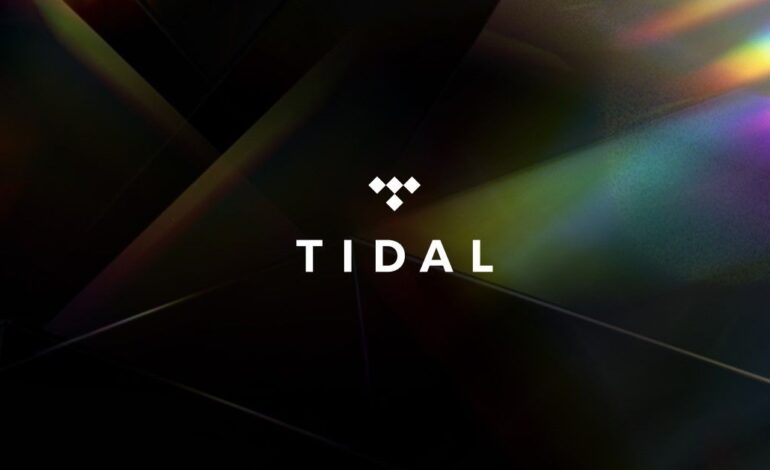TIDAL Drops MQA and 360 Reality Audio

TIDAL has announced the removal of Master Quality Audio (MQA) and 360 Reality Audio from its service, opting instead for FLAC files for high-quality audio and Dolby Atmos for immersive sound experiences. This change is part of TIDAL’s ongoing effort to improve its service and offer better value to subscribers. The decision to switch to FLAC and Dolby Atmos aligns with the industry’s broader trend towards more accessible and versatile high-fidelity audio formats. This move is expected to impact how listeners experience music on the platform and could influence other streaming services to reevaluate their audio quality offerings.
Transition to FLAC and Dolby Atmos
TIDAL’s transition to FLAC (Free Lossless Audio Codec) files for high-quality audio signifies a shift towards more universally accessible and widely supported formats. FLAC is renowned for its ability to provide lossless compression, ensuring that audio quality is preserved without any loss in fidelity. This format is compatible with a wide range of devices and software, making it a practical choice for TIDAL’s diverse user base.
Dolby Atmos, on the other hand, offers a more immersive sound experience by creating a three-dimensional audio environment. This technology has gained popularity in both music and film industries for its ability to deliver a surround sound experience that places listeners at the center of the action. By integrating Dolby Atmos, TIDAL aims to enhance the listening experience for its subscribers, providing a more dynamic and engaging way to enjoy music.
Implications for Subscribers
For TIDAL subscribers, the switch to FLAC and Dolby Atmos means an upgrade in audio quality and immersion. FLAC files offer a more accessible high-fidelity audio experience, compatible with most audio equipment without the need for special hardware or software. This change eliminates the complexity and limitations associated with MQA, which required specific decoding equipment to fully appreciate its quality.
The adoption of Dolby Atmos also brings a new level of excitement to music listening. Subscribers with Dolby Atmos-enabled devices can now enjoy tracks with a heightened sense of space and depth, making the music feel more alive and present. This shift is expected to appeal to audiophiles and casual listeners alike, providing a richer and more captivating audio experience.
Industry Impact
TIDAL’s decision to drop MQA and 360 Reality Audio in favor of FLAC and Dolby Atmos may influence other streaming services to reconsider their own audio quality offerings. As the demand for high-fidelity audio continues to grow, the industry is likely to see a greater emphasis on formats that provide both superior sound quality and broad compatibility. TIDAL’s move sets a precedent for balancing cutting-edge technology with user-friendly accessibility, potentially shaping the future direction of audio streaming services.
In conclusion, TIDAL’s switch to FLAC and Dolby Atmos marks a significant step in its commitment to delivering high-quality audio experiences. By dropping MQA and 360 Reality Audio, TIDAL is positioning itself at the forefront of the high-fidelity audio movement, offering its subscribers a more versatile and immersive way to enjoy music. This strategic change not only enhances the listening experience on TIDAL but also sets a new standard for the streaming industry.








